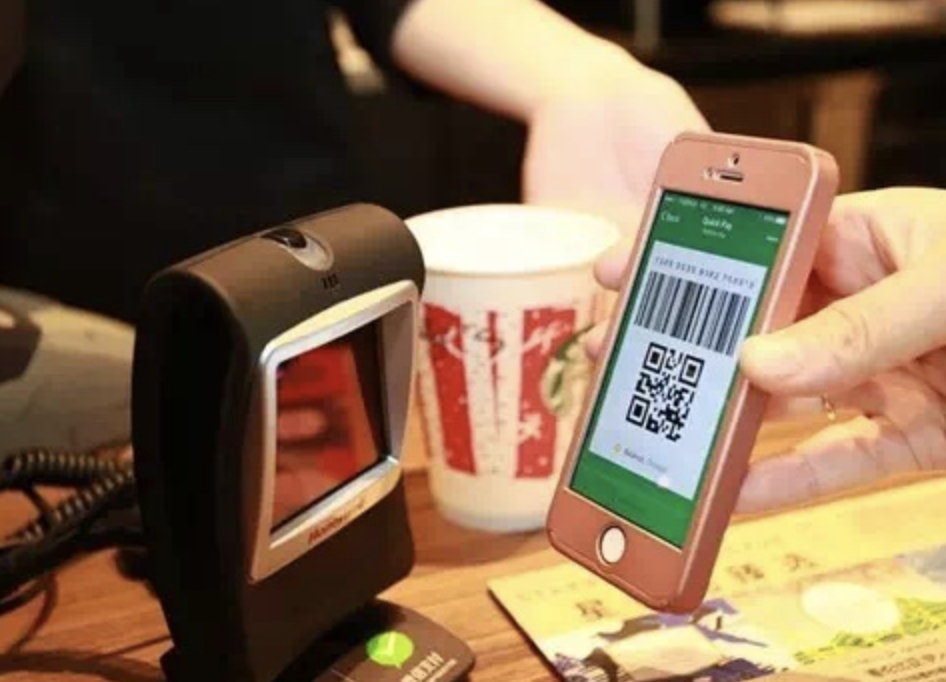Vignettes from China: trying to buy stuff (it was hard)

This is a guest post by Tony Sheng, principle at Multicoin Capital. This post was initially shared on www.tonysheng.com.
Just got home from two weeks in Asia—one in Japan and one in China—and have so many things to share. For today, some stories about trying to pay for stuff in China.
I.
Here’s the experience that got me paying attention: a modern coffee brand (publicly traded on the NYSE) would not accept any of my money.
Only my Dad had WeChat pay—you need a valid Chinese bank card to register—so we had to wait for him to get coffees.
II.
Later that day, my mom shared an experience she had paying for a cab the previous week. When she arrived at her destination and handed the driver cash, the driver looked at her surprised and said he didn’t have any change and didn’t she have WeChat pay? Because she did not, she had to hop out of the cab and find change at a nearby merchant while the cabby waited on the curb.
III.
The next day, we visited the Great Wall with my uncle. We hadn’t purchased tickets in advance and when we arrived, the only visible ticket kiosk instructed visitors to buy tickets by scanning a QR code with WeChat. We spent a good twenty minutes trying to navigate that payment flow assuming that, like the coffee shop, this was the only way to pay.
Later, we found that the ticket window at the front gate did accept cash so we ended up paying there. Interestingly, they required passports from all visitors.
IV.
The following day, we visited the Forbidden City. Here, we paid with cash but the agent refused our small bills (1 and 5RMB paper bills).
V.
The only places I didn’t feel nervous about paying were American chain restaurants, of which we frequented Starbucks the most. Here, we were able to pay with not only credit cards but also the Starbucks app using giftcard balances. It’s strange to think that Starbucks GC dollars were among the more fungible currencies in China.
Reflections
While businesses are legally required to accept cash and not allowed to discriminate against cash-using customers in China, in practice, money isn’t always fungible. Business owners prefer digital payments and even government merchants (like the ticket window at the Forbidden City) refused certain forms of cash.
Digital and cashless is more convenient for most, but can exclude minorities from the economy. In my case, an American tourist not getting his coffee isn’t a tragedy. But for the elderly who are not accustomed to using mobile apps or those who do not use banks for religious reasons, a society that discriminates against cash users is oppressive.
There’s also something to be said about privacy but that deserves a longer post. WeChat pay is a digital payment rail where the real identities of every sender and receiver are known, all payments can be monitored, and accounts can be censored. Like so many things in China, if you trust your government, these properties can actually be comforting—you know the payment you received is valid and that your balance can be spent elsewhere. But if you do not trust your government, this is dystopia.
What I experienced in China felt like a clear glimpse of the future—both its promise and dangers. As mobile phone penetration nears 100%, it seems inevitable that eventually digital payments nears 100%. Making sure that we can live with our eventual systems for digital payments is something worth thinking about sooner rather than too late.












